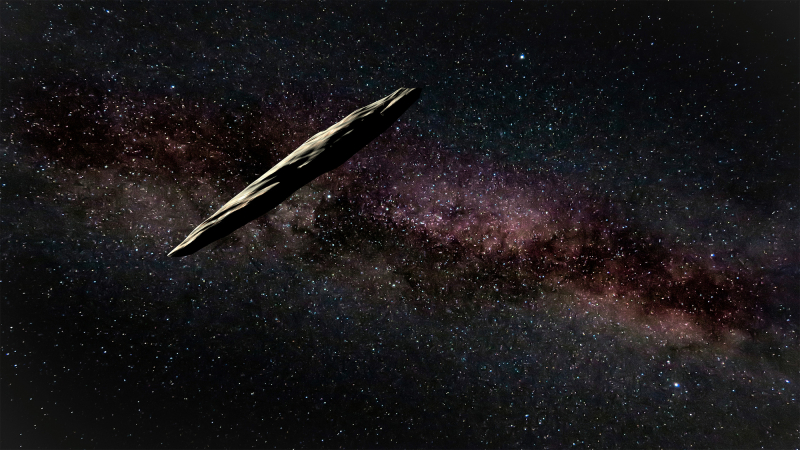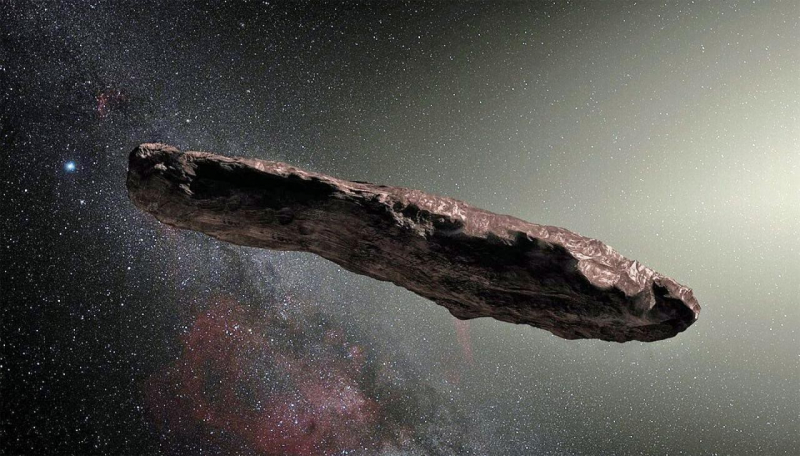Oumuamua

In addition to being the first interplanetary object we have ever seen in real time, Oumuamua—named after the Hawaiian word for "scout"—is mostly unknown to us. The flying body was the first object to be discovered by the Pan-STARRS1 telescope at the University of Hawaii in 2017. It was unlike any other rock we had ever encountered.
First off, unlike other bodies we've seen circling in orbit, Oumuamua was nearly ten times longer than it was wide. It was also red, perhaps as a result of all the radiation exposure it has had throughout the ages.
Its acceleration, rather than its speed, was what was most peculiar about it. Its acceleration, rather than its speed, was what was most peculiar about it.
Oumuamua appeared to be moving faster than it was due to gravity alone, allowing it to enter and exit the Solar System rather than becoming imprisoned in its orbit around the Sun. Due to the sun's intense gravity and heat, comets have been seen to accelerate naturally; however, Oumuamua lacked any characteristic of a comet, making this type of natural acceleration implausible.











